当前位置:网站首页>Practice examples to understand JS strong cache negotiation cache
Practice examples to understand JS strong cache negotiation cache
2022-07-04 20:28:00 【1024 questions】
background
Lead to
Get ready
Launch page
HTTP Cache type
Strong cache
expires
cache-control
Negotiate the cache
Last-Modified,If-Modified-Since
Etag,If-None-Match
summary
backgroundWhether in development or interview ,HTTP Caching is very important , This is reflected in two aspects :
In development : Reasonable use HTTP Caching can improve the performance of front-end pages
During the interview :HTTP Caching is a high-frequency question in an interview
So this article , I don't talk nonsense , I'll go through Nodejs The simple practice of , The most easy to understand HTTP cache , Through this article, you will be able to understand and master it !!!
Lead to Get readyCreate folder cache-study, And prepare the environment
npm initinstall Koa、nodemon
npm i koa -Dnpm i nodemon -gestablish index.js、index.html、static Folder
index.html
<!DOCTYPE html><html lang="en"><head> <meta charset="UTF-8"> <meta http-equiv="X-UA-Compatible" content="IE=edge"> <meta name="viewport" content="width=device-width, initial-scale=1.0"> <title>Document</title> <link rel="stylesheet" href="./static/css/index.css" rel="external nofollow" ></head><body> <div class="box"> </div></body></html>static/css/index.css
.box { width: 500px; height: 300px; background-image: url('../image/guang.jpg'); background-size: 100% 100%; color: #000;}static/image/guang.jpg

index.js
const Koa = require('koa')const fs = require('fs')const path = require('path')const mimes = { css: 'text/css', less: 'text/css', gif: 'image/gif', html: 'text/html', ico: 'image/x-icon', jpeg: 'image/jpeg', jpg: 'image/jpeg', js: 'text/javascript', json: 'application/json', pdf: 'application/pdf', png: 'image/png', svg: 'image/svg+xml', swf: 'application/x-shockwave-flash', tiff: 'image/tiff', txt: 'text/plain', wav: 'audio/x-wav', wma: 'audio/x-ms-wma', wmv: 'video/x-ms-wmv', xml: 'text/xml',}// Get the type of file function parseMime(url) { // path.extname Get the suffix of the file in the path let extName = path.extname(url) extName = extName ? extName.slice(1) : 'unknown' return mimes[extName]}// Convert the file to the format required for transmission const parseStatic = (dir) => { return new Promise((resolve) => { resolve(fs.readFileSync(dir), 'binary') })}const app = new Koa()app.use(async (ctx) => { const url = ctx.request.url if (url === '/') { // Access the root path and return index.html ctx.set('Content-Type', 'text/html') ctx.body = await parseStatic('./index.html') } else { const filePath = path.resolve(__dirname, `.${url}`) // Set type ctx.set('Content-Type', parseMime(url)) // Set transmission ctx.body = await parseStatic(filePath) }})app.listen(9898, () => { console.log('start at port 9898')}) Launch page Now you can enter... In the terminal nodemon index, See the display below , It means that the service has been started successfully

At this point, you can enter... In the browser link http://localhost:9898/, Open and see the following page , It means that the page is accessed successfully !!!
HTTP There are two common types of caching :
Strong cache : It can be determined by one of these two fields
expires
cache-control( Higher priority )
Negotiate the cache : It can be determined by one of these two pairs of fields
Strong cacheLast-Modified,If-Modified-Since
Etag,If-None-Match( Higher priority )
Next, let's talk about strong caching
expiresWe just need to set the response header expires The time of is the current time + 30s That's it
app.use(async (ctx) => { const url = ctx.request.url if (url === '/') { // Access the root path and return index.html ctx.set('Content-Type', 'text/html') ctx.body = await parseStatic('./index.html') } else { const filePath = path.resolve(__dirname, `.${url}`) // Set type ctx.set('Content-Type', parseMime(url)) // Set up Expires Response head const time = new Date(Date.now() + 30000).toUTCString() ctx.set('Expires', time) // Set transmission ctx.body = await parseStatic(filePath) }})Then we refresh the front page , We can see that there is one more in the response header of the requested resource expires Field of

also , stay 30s Inside , After we refresh , See the request is to go memory, It means , adopt expires The time effect of setting strong cache is 30s, this 30s within , Resources will go to the local cache , Instead of re requesting

Be careful : Sometimes you Nodejs Code update aging time , However, it is found that the front-end page is still on the time limit of the code , This is the time , You can put this Disabled cache Hook , Then refresh , Cancel... Tick again

Actually cache-control Follow expires The effect is almost the same , It's just that the values of these two fields are different , The former sets the number of seconds , The latter sets the number of milliseconds
app.use(async (ctx) => { const url = ctx.request.url if (url === '/') { // Access the root path and return index.html ctx.set('Content-Type', 'text/html') ctx.body = await parseStatic('./index.html') } else { const filePath = path.resolve(__dirname, `.${url}`) // Set type ctx.set('Content-Type', parseMime(url)) // Set up Cache-Control Response head ctx.set('Cache-Control', 'max-age=30') // Set transmission ctx.body = await parseStatic(filePath) }})There are too many response headers on the front-end page cache-control This field , And 30s Go to local cache in the , I won't ask the server

Unlike strong caching , Strong caching is within the time limit , Don't go to the server , Only local cache ; The negotiation cache should go through the server , If you request a resource , When you go to the server , If it finds a hit cache, it returns 304, Otherwise, the requested resource is returned , Then how can fortune telling cache ? Let's talk about that
Last-Modified,If-Modified-SinceIn a nutshell :
The first time a resource is requested , The server will take the last modification time of the requested resource as the response header Last-Modified Send the value to the browser and save it in the browser
The second time a resource is requested , The browser will treat the time just stored as the request header If-Modified-Since Value , To the server , The server obtains this time and compares it with the last modification time of the requested resource
If the two times are the same , It means that this resource has not been modified , That is hit cache , Then return 304, If it's not the same , It indicates that this resource has been modified , Cache misses , The modified new resource is returned
// Get file information const getFileStat = (path) => { return new Promise((resolve) => { fs.stat(path, (_, stat) => { resolve(stat) }) })}app.use(async (ctx) => { const url = ctx.request.url if (url === '/') { // Access the root path and return index.html ctx.set('Content-Type', 'text/html') ctx.body = await parseStatic('./index.html') } else { const filePath = path.resolve(__dirname, `.${url}`) const ifModifiedSince = ctx.request.header['if-modified-since'] const fileStat = await getFileStat(filePath) console.log(new Date(fileStat.mtime).getTime()) ctx.set('Cache-Control', 'no-cache') ctx.set('Content-Type', parseMime(url)) // Compare time ,mtime Is the last modification time of the file if (ifModifiedSince === fileStat.mtime.toGMTString()) { ctx.status = 304 } else { ctx.set('Last-Modified', fileStat.mtime.toGMTString()) ctx.body = await parseStatic(filePath) } }})On the first request , In the response header :

On second request , Request header :

Because the resource has not been modified , Then hit cache , return 304:

At this point, let's modify index.css
.box { width: 500px; height: 300px; background-image: url('../image/guang.jpg'); background-size: 100% 100%; /* Modify here */ color: #333;}Then let's refresh the page ,index.css Changed , So it will miss the cache , return 200 And new resources , and guang.jpg No modification , The hit cache returns 304:

Actually Etag,If-None-Match Follow Last-Modified,If-Modified-Since Roughly the same , The difference lies in :
The latter is the last modification time of the comparison resource , To determine whether the resource has been modified
The former is to compare the content of resources , To determine whether the resource is modified
How do we compare the content of resources ? We just need to read the content of the resource , Turn into hash value , Just compare it before and after !!
const crypto = require('crypto')app.use(async (ctx) => { const url = ctx.request.url if (url === '/') { // Access the root path and return index.html ctx.set('Content-Type', 'text/html') ctx.body = await parseStatic('./index.html') } else { const filePath = path.resolve(__dirname, `.${url}`) const fileBuffer = await parseStatic(filePath) const ifNoneMatch = ctx.request.header['if-none-match'] // Production content hash value const hash = crypto.createHash('md5') hash.update(fileBuffer) const etag = `"${hash.digest('hex')}"` ctx.set('Cache-Control', 'no-cache') ctx.set('Content-Type', parseMime(url)) // contrast hash value if (ifNoneMatch === etag) { ctx.status = 304 } else { ctx.set('etag', etag) ctx.body = fileBuffer } }})The verification method is the same as just Last-Modified,If-Modified-Since The same as , I won't repeat it here ...
summary
Reference resources https://www.jb51.net/article/254078.htm
The above is the understanding of practical examples js Strong cache negotiate the details of cache , More about js For information about strong cache negotiation cache, please pay attention to other relevant articles on software development network !
边栏推荐
- 应用实践 | 蜀海供应链基于 Apache Doris 的数据中台建设
- 2022 Health Exhibition, health exhibition, Beijing Great Health Exhibition and health industry exhibition were held in November
- Prometheus installation
- Neural network IOT platform construction (IOT platform construction practical tutorial)
- 同事的接口文档我每次看着就头大,毛病多多。。。
- 六石编程学:关于代码,有六个得意
- Detailed explanation of Audi EDI invoice message
- NLP, vision, chip What is the development direction of AI? Release of the outlook report of Qingyuan Association [download attached]
- Template_ Large integer subtraction_ Regardless of size
- Template_ Judging prime_ Square root / six prime method
猜你喜欢

Selected review | machine learning technology for Cataract Classification / classification

精选综述 | 用于白内障分级/分类的机器学习技术

Related concepts of federal learning and motivation (1)

ICML 2022 | meta proposes a robust multi-objective Bayesian optimization method to effectively deal with input noise
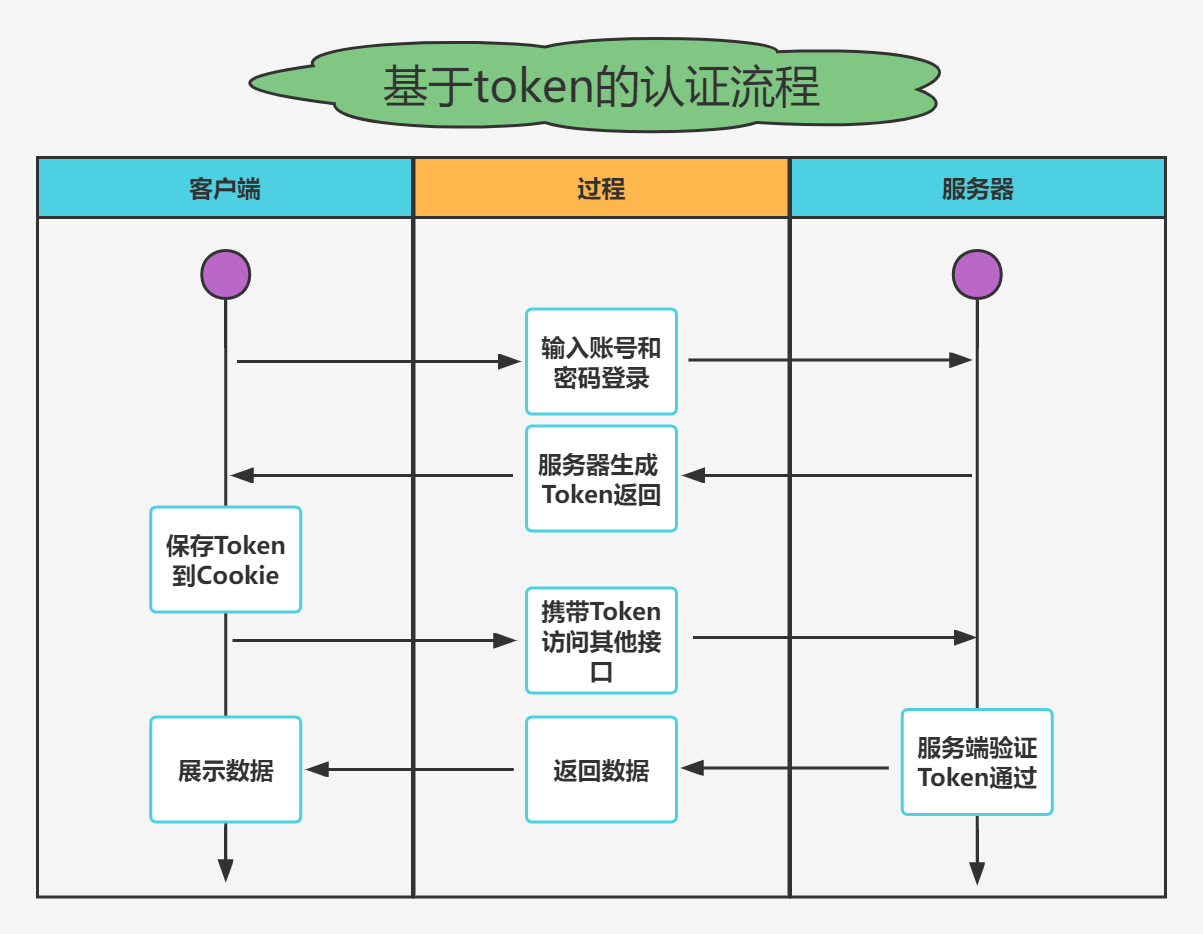
实战模拟│JWT 登录认证
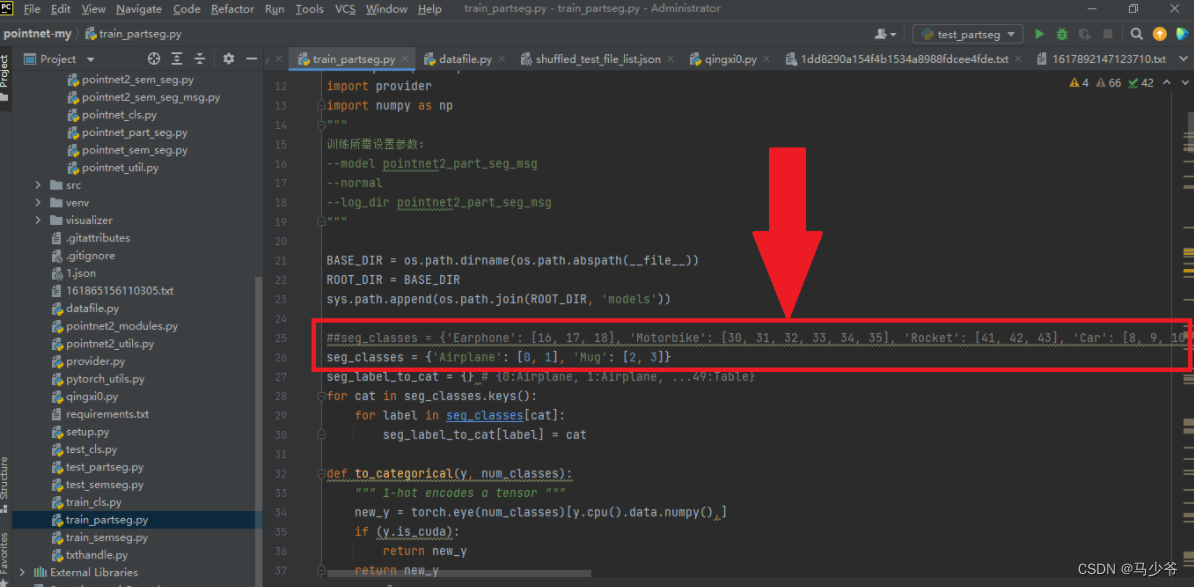
Pointnet / pointnet++ point cloud data set processing and training
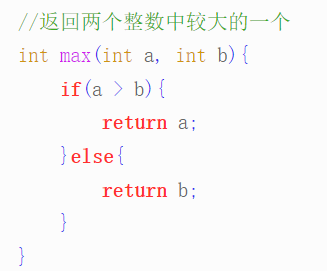
C language - Introduction - Foundation - grammar - process control (VII)
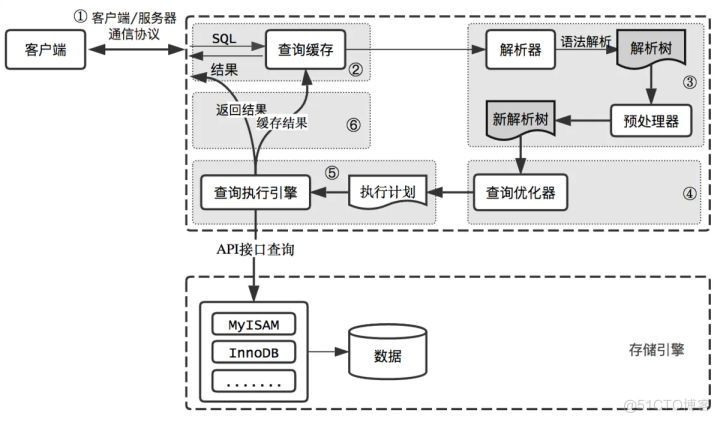
输入的查询SQL语句,是如何执行的?

原来这才是 BGP 协议
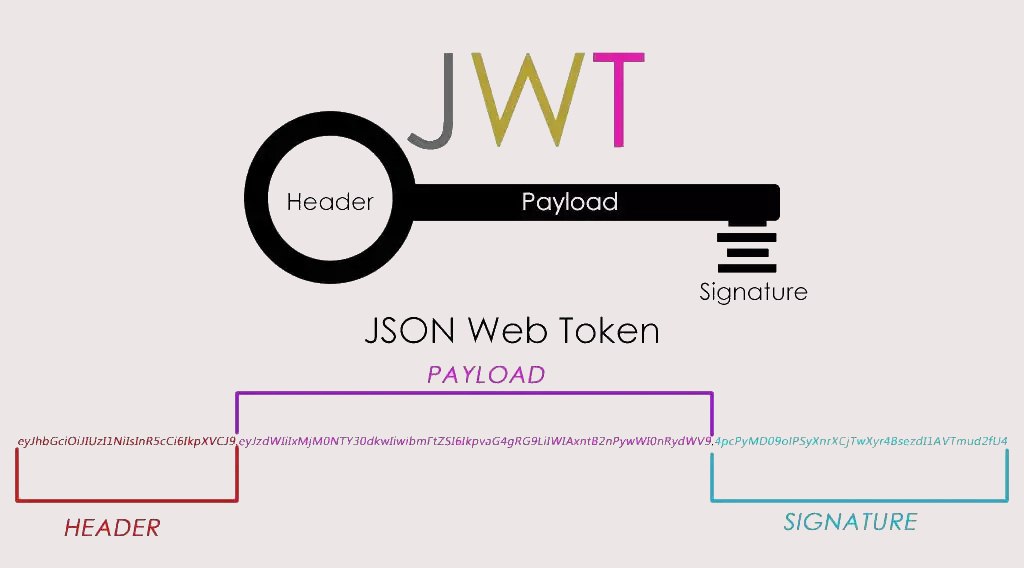
实战模拟│JWT 登录认证
随机推荐
1009 product of polynomials (25 points) (PAT class a)
漫谈客户端存储技术之Cookie篇
[graduation season] green ant new fermented grains wine, red mud small stove. If it snows late, can you drink a cup?
输入的查询SQL语句,是如何执行的?
In operation (i.e. included in) usage of SSRs filter
Integritee通过XCM集成至Moonriver,为其生态系统带来企业级隐私解决方案
实战模拟│JWT 登录认证
Kotlin condition control
Free soldier
凌云出海记 | 沐融科技&华为云:打造非洲金融SaaS解决方案样板
Basic use of kotlin
九齐NY8B062D MCU规格书/datasheet
Multi table operation - external connection query
Niuke Xiaobai month race 7 who is the divine Archer
Multi table operation inner join query
C # better operation mongodb database
【历史上的今天】7 月 4 日:第一本电子书问世;磁条卡的发明者出生;掌上电脑先驱诞生
2022 Health Exhibition, health exhibition, Beijing Great Health Exhibition and health industry exhibition were held in November
[ismb2022 tutorial] the picture shows the precision medicine of learning. Marinka zitnik, Harvard University, keynote speaker, with 87 ppt
Introduction to ACM combination counting
